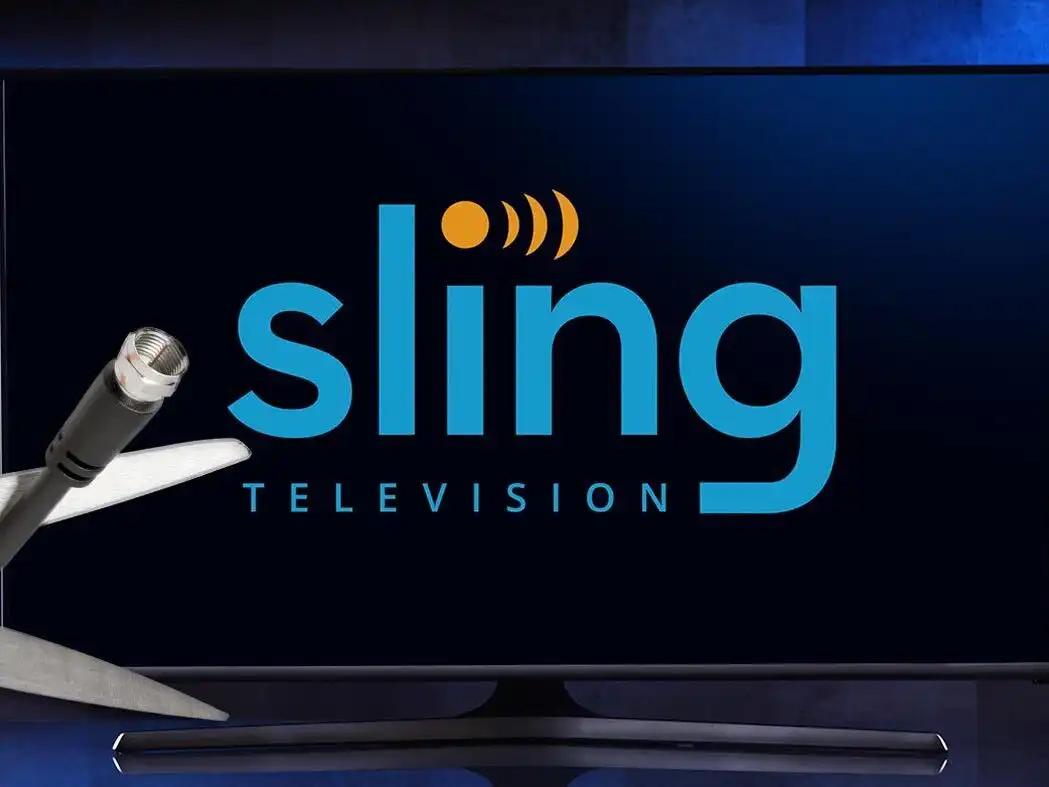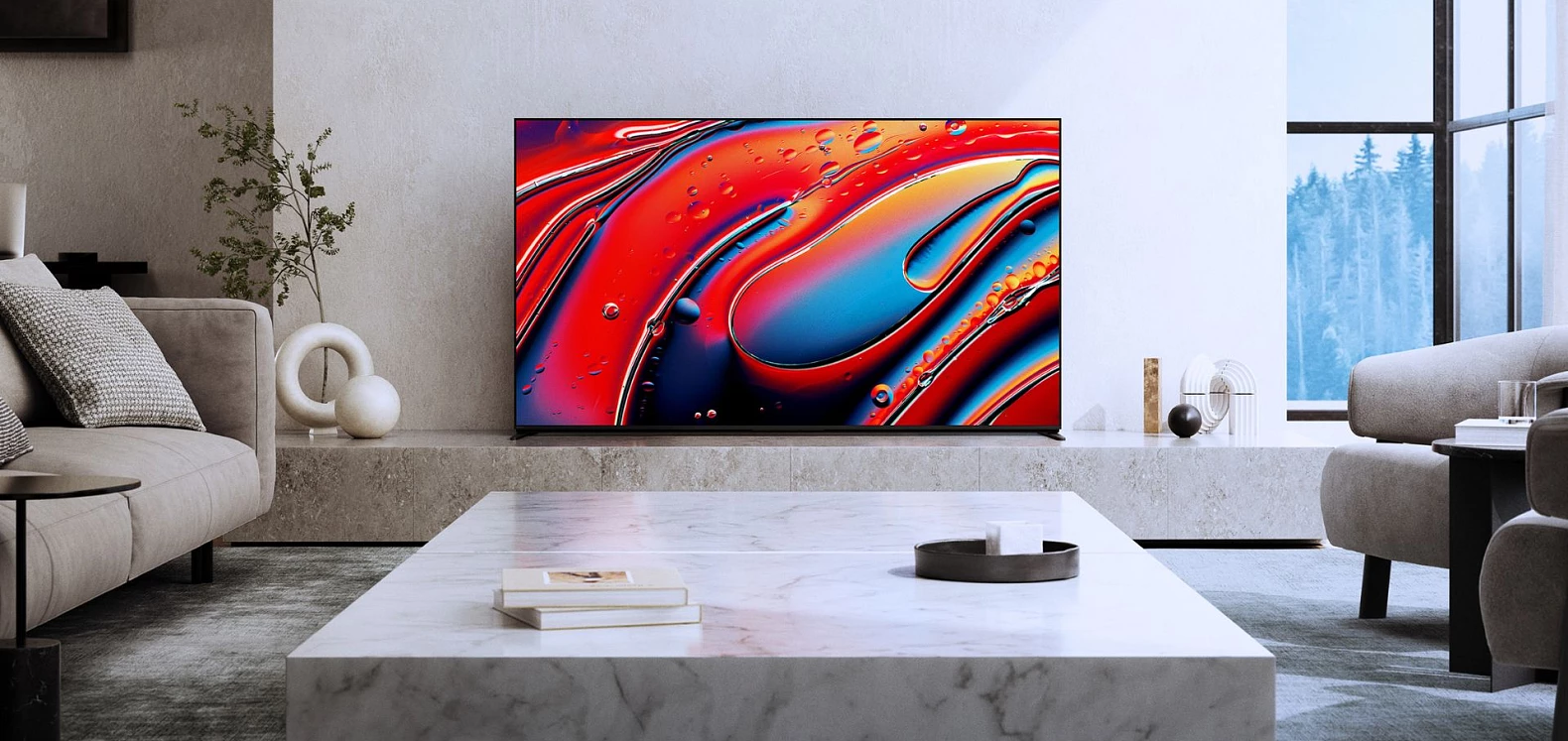Home Entertainment
Godzilla Minus One Streaming Guide | Where to Watch and Rent Digitally
Overview of Godzilla Minus One I remember watching Godzilla Minus One and being blown away by how a monster story could carry so much heart and drama, reminiscent of the best works by Kuranosuke Sasaki and the impactful narratives of the 1940s. Many fans say godzilla minus one represents a true renaissance of kaiju movies, […]
Paramount Plus | A Mountain of Entertainment
Top Shows on Paramount Plus Paramount Plus has been my new hub of choice anytime I feel like watching something new or going back to an older favorite, especially with its profiles for each member. Whether it is new original programming or a rich library of hit movies, there is something that always draws you […]
IR Blaster for LG TV | Control Your TV with Phone or Remote App
Understanding the IR Blaster Many ask what is an IR blaster LG TV or what is an IR blaster LG TV when setting up their new devices, especially when they purchase an LG TV remote. From my personal use, I learned it’s a small gadget that sends signals using infrared communication, which is common in […]
Sling Freestream | Stream Live TV and Sling TV Channels
Overview of Sling Freestream Sling Freestream is a free streaming service that gives access to 335 live channels and more than 41,000 on-demand titles without needing a credit card, perfect for sports fans wanting MLB and NHL coverage. If you’re wondering what Sling Freestream is, it’s an ad-supported platform similar to Amazon Freevee, offering a […]
How Long Does a Smart TV Last? Average Lifespan & Maintenance Tips
The lifespan of a smart TV depends on the brand, usage habits, and tech evolution. My mid-range smart TV lasted nearly 8 years, but some people upgrade their Sony models within 5 years for better features. On average, a smart TV lasts between 5–8 years, influenced by software updates, hardware quality, and maintenance. Routine care, […]




